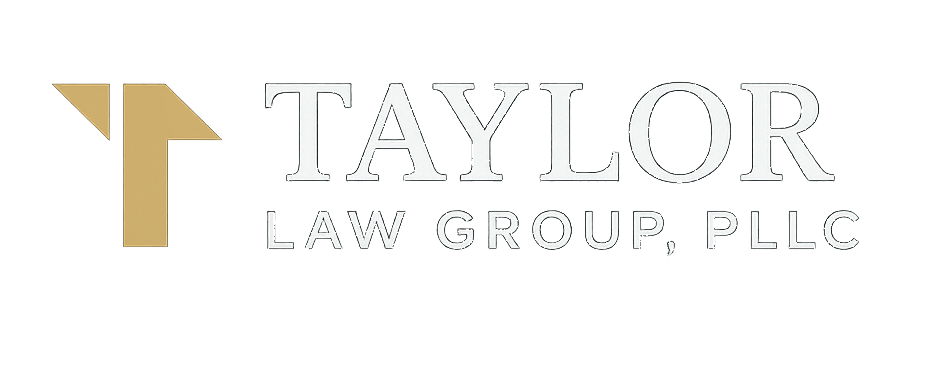FAQs - Disorderly Conduct
What is “disorderly conduct” in Arizona?
Arizona’s disorderly conduct law (A.R.S. § 13-2904) covers conduct that disturbs the peace—like fighting or disruptive behavior, making unreasonable noise, using abusive language likely to provoke immediate retaliation, disrupting a lawful meeting, refusing a lawful order to disperse near an emergency, or recklessly handling/displaying/discharging a weapon.
Is disorderly conduct always a misdemeanor?
No. Most DOC charges are
Class 1 misdemeanors. If the allegation is
recklessly handling, displaying, or discharging a deadly weapon or dangerous instrument, it’s a
Class 6 felony.
What are the possible penalties for a Class 1 misdemeanor disorderly conduct?
Up to
6 months in jail,
fines up to $2,500 (plus surcharges), and
probation up to 3 years. Actual outcomes depend on facts, history, and the court.
What if a weapon is involved?
Weapon-related disorderly conduct is filed as a
Class 6 felony. Consequences can include prison exposure, felony probation, and serious collateral issues—get counsel immediately.
Can a disorderly conduct charge be tagged as “domestic violence”?
Yes. If the alleged victim has a qualifying relationship (spouse/partner, family/household, etc.), prosecutors can add a
DV designation, which may trigger additional conditions (counseling, no-contact orders) and collateral impacts.
Can “words alone” be disorderly conduct?
Sometimes. The statute includes abusive or offensive language or gestures
likely to provoke immediate physical retaliation. Context matters; First Amendment issues can be a defense in the right facts.
Is “unreasonable noise” really a crime?
It can be—late-night yelling, blasting music, or similar conduct that disturbs the peace may qualify. The State still has to prove intent/knowledge and that the noise was unreasonable under the circumstances.
What about protests, meetings, or being told to disperse?
The law reaches
protracted commotion intended to disrupt lawful meetings and
refusing a lawful order to disperse near emergencies. Whether an order was “lawful” and whether speech was protected are fact-intensive issues your lawyer can challenge.
What defenses are common in disorderly conduct cases?
Lack of intent/knowledge,
insufficient evidence,
self-defense,
no lawful order to disperse,
misidentification, and
constitutionally protected speech. We also challenge witness credibility, body-cam/video, and 911 timing.
Will this go on my record? Can it be fixed later?
A conviction creates a criminal record. Depending on the outcome, you may later pursue a
set-aside and other relief; outcomes vary by case.
Can these cases be reduced, diverted, or dismissed?
Sometimes. Options can include diversion (in eligible courts), reductions to lesser counts, or dismissals when proof problems exist. Early, targeted negotiation is key.
What should I do right now?
Avoid discussing the incident with anyone but your lawyer,
preserve texts/video, follow release conditions, and get a defense strategy started quickly—especially if there’s a
protective order or a
no-contact condition in place.


